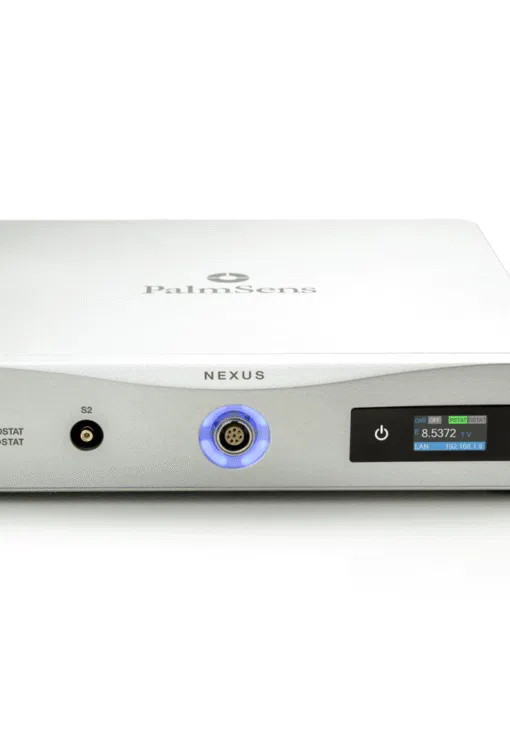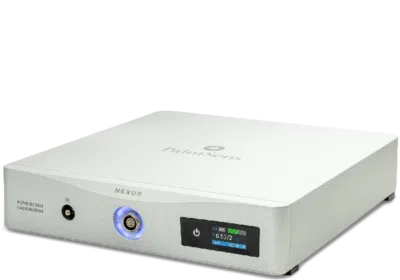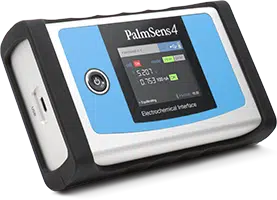BiPotentiostat
A BiPotentiostat is a potentiostat with two working electrodes, one counter electrode, and one reference electrode. The two working electrodes can be operated and monitored exactly simultaneously.
A regular potentiostat, or monopotentiostat to emphasize that it is just one working electrode, has three types of electrodes:
- Reference electrode: This electrode has a constant OCP (Open Circuit Potential) and is the reference point of the potentiostat.
- Working electrode: This is the electrode where the reaction of interest occurs.
- Counter or auxiliary electrode: This is the electrode that completes the circuit with the working electrode, so a current can flow.
The difference between a normal potentiostat and a BiPotentiostat is the number of working electrodes. A normal potentiostat has one working electrode, while a BiPotentistat has two. The capabilities of the BiPot, which is short for BiPotentiostat, differ per instrument.
What do the working electrodes do in a BiPotentiostat?
Working electrode 1 performs one of the techniques listed at the bottom of this page while working electrode 2 can have its own constant potential or follow the potential of working electrode 1. In the latter case, you can have a potential offset between working electrodes 1 and 2 keeping the potential difference between both electrodes constant.
Application examples:
- Second electrode as blank or similar in the same cell for comparison
- Detection of the reaction product of the disc electrode at the ring of a RRDE (Rotating Ring Disc Electrode)
- Polarization of the surface during scanning electrochemical microscopy (SECM)
- Control of a transistor’s gate voltage (ISFET)
Which electrochemical techniques can be performed with a BiPotentiostat?
| Nexus | (Multi)PalmSens4 | EmStat Pico / Sensit BT / Wearable | |
|---|---|---|---|
| Linear Sweep Voltammetry (LSV) | |||
| Cyclic Voltammetry (CV) | |||
| Chronoamperometry (CA) | |||
| Chronocoulometry (CC) | |||
| Multistep Amperometry (MA) | |||
| Square Wave Voltammetry (SWV)¹ |
¹ The pulsed techniques are available only in the offset mode. This means that the WE2 can only apply a pulse following the WE1.
Which PalmSens instruments have a BiPotentiostat?
BiPotentiostat modules specifications for each instrument model
| Nexus | (Multi)PalmSens4 | EmStat Pico / Sensit BT / Wearable | |
|---|---|---|---|
| dc-potential range | ±5 V | ±5 V | -1.2 to +2 V ² |
| applied dc-potential resolution | 153 µV (16-bit) | 153 µV (16-bit) | 537 μV (16-bit) |
| compliance voltage | ±5 V | ±5 V | -2.0 to +2.3 V ² |
| dc-offset error | ≤ 0.1% ±1 mV offset | ≤ 0.1% ±1 mV offset | ≤ 0.1% ±150 µV offset |
| applied potential accuracy | ≤ 0.1% | ≤ 0.1% | < 0.2% |
| current ranges | 100 pA to 10 mA (8 ranges) | 1 nA to 10 mA (8 ranges) | 100 nA to 1 mA (11 ranges) |
| maximum measured current | 45 mA | i(WE1) + i(WE2) < 30 mA | ± 3 mA |
| measured current resolution | 0.0038% of current range | 0.005% of current range | 0.006% of current range |
| current accuracy | ≤ 0.1% at Full Scale Range all with additional 0.2% offset error | ≤ 0.1% at Full Scale Range all with additional 0.2% offset error | < 0.5% of current ±0.1% of range |
| connection | Additional (yellow) connector for WE2 | Additional (yellow) connector for WE2 | Additional (yellow) connector for WE2 |
| power | Comes with additional USB Y-cable for extra power |
² Sensit BT has other limitations according to the selected mode. Refer to the EmStat Pico brochure for further details.
Related articles
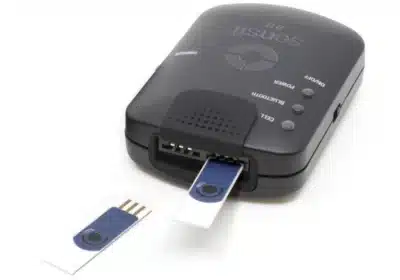
BiPotentiostat
What is the difference between a potentiostat and a bipotentiostat? Why use it?
Read article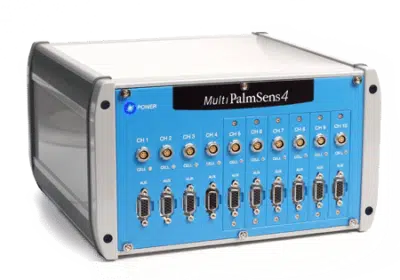
Multi-channel potentiostat
A device made for multiple experiments which run parallel at the same time. Read all about it.
Read article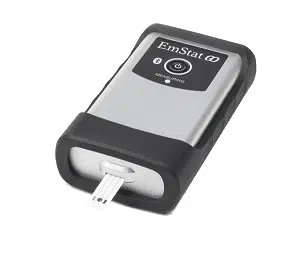
Economical potentiostat
If you want to do electrochemical measurements with a specific purpose in mind, you may need an economically priced potentiostat.
Read article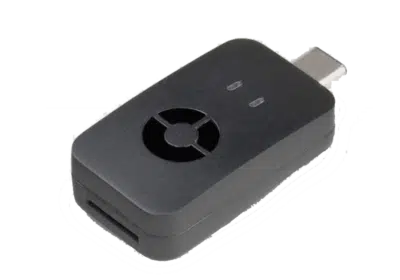
Portable potentiostat
An electrochemical measurement instrument used to carry out measurements in the field and have results available immediately.
Read articleDefinition of a BiPotentiostat
- BiPotentiostat
- A BiPotentiostat is a potentiostat with two working electrodes, one counter electrode, and one reference electrode.





























